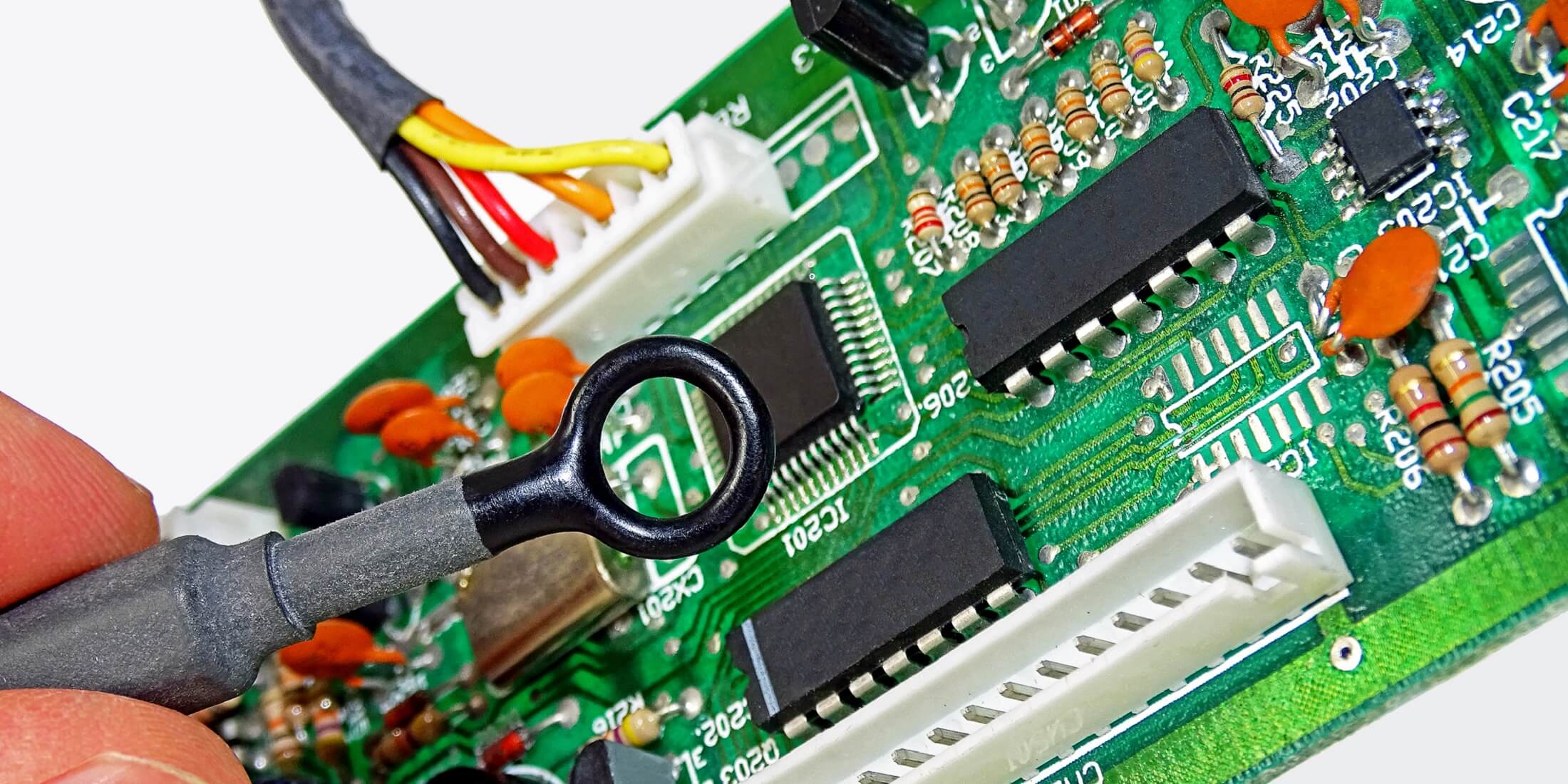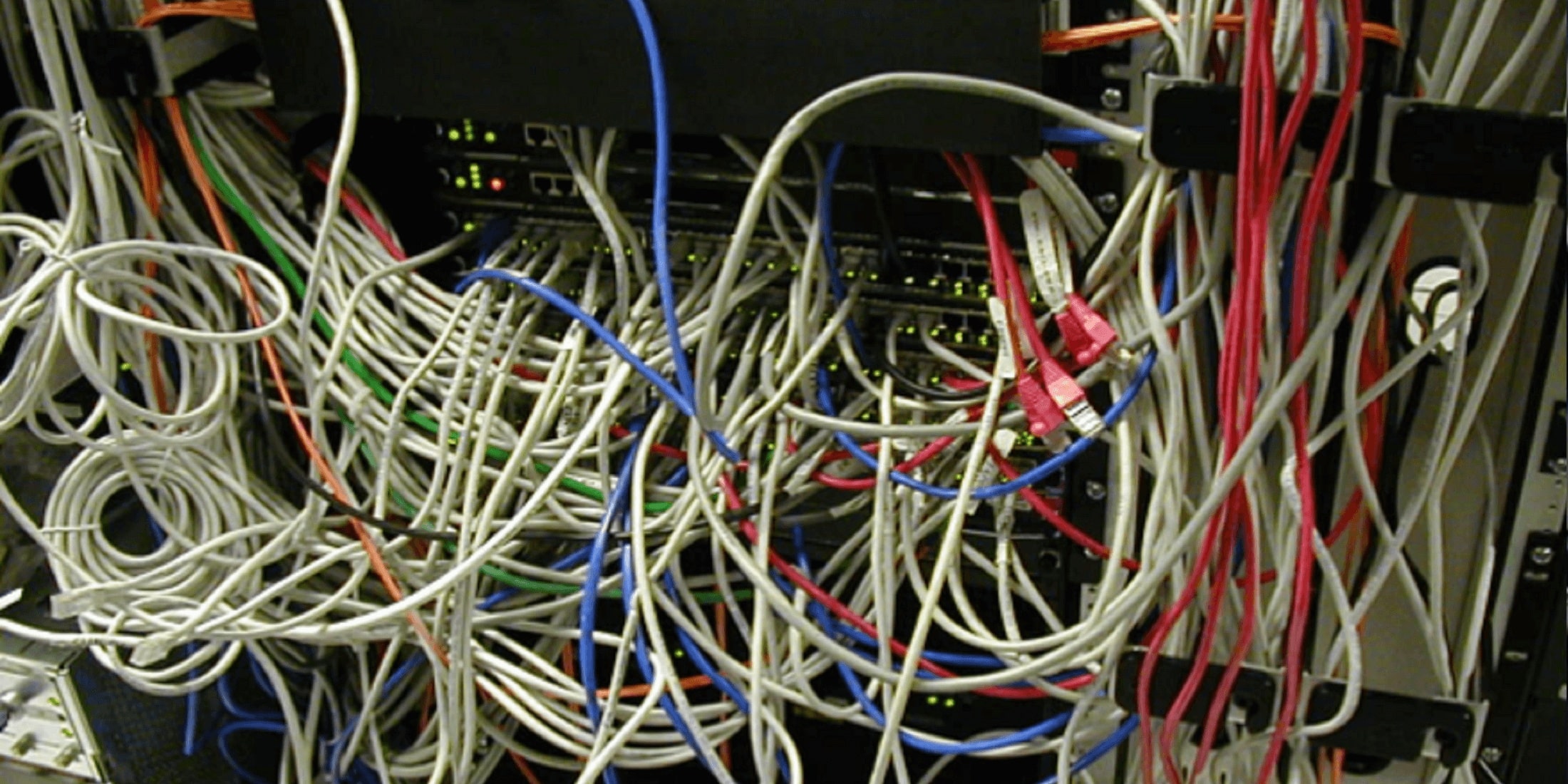Lectures supported by practical demonstrations and hands-on sessions and exercises / quizzes. Course notes. Course book.
A 3-days EMC course for engineers who are confronted with low frequent disturbances (from DC to approx. 150 kHz) caused by motion- and power conversion systems. These typical EMC-alike phenomena are not fully covered by international standards and regulations. The disturbances and their consequences will be discussed and analyzed. Solutions are based on a high level of ‘good engineering practices’.
Low frequent disturbances are generated by:
- the mains frequency related current and voltages and their harmonics, power factor corrections, mains-filter applications and leakage current flowing everywhere: Protective Earth (PE) and mechanical structures, caused by the filtering to and from the mains;
- linear and rotation motion frequencies and their accompanying fluxes of motors (generally DC ... < 6000 rpm);
- pulse width modulation (PWM) c.q. the switching with power conversion, Photo Voltaic applications, LED drivers, etc.;
- utility and internet via the mains: power line communication (PLC), “Toon-frequent” (TF) / “Centrale Afstand Besturing” (CAB) / Ripple Control (RC).
The new course title EMC in Power Electronic Systems was chosen to better represent the training content
This training is available for open enrollment as well as for in-company sessions. For in-company sessions, this Electromagnetic compatibility training can be adapted to your situation and special needs.
Objective
After the course, the participant knows:
- how to choose a proper cable, filter, grounding and shielding;
- how to use LTSpice to analyze a system consisting of a (motor) drive, filter, cable, actuator as a system
and will be able to:
- analyze, identify, quantify and document low frequent EMC problems;
- solve many of these problems;
- inform suppliers of various products / system parts about low frequent EMC problems with these products and give them clues that can help the suppliers to develop structural solutions for these problems;
- understand, assess and specify EMC parameters of (sub) systems, make this SMART.
Target audience
This course is intended for engineers, designers, architects, project leaders and quality engineers working on the definition, development and qualification of motion systems from a few mW to MW for i.e. small robotic systems up to container transportation as well as areas of wireless power transfer, robotization and automated manufacturing.
Education: At least BSc in Electronics / Electrical Engineering / Physics / Mechatronics / Automotive.
Prior knowledge: Basics of Electricity, notion of Fourier (time – frequency domain), graphical presentation (bode diagram with amplitude / phase)
No prior knowledge / experience on EMC is required but familiarity with low frequent disturbances is beneficial.
This course is also important for mechanic engineers since their work has a big impact on the creation and transport of the resulting disturbance currents and they may have problems to understand certain concepts from the physical and electrical domain.
Program
- Source – Victim model, EMC standards and requirements;
- EMC Phenomena
- Signal basics: Asymmetric and differential signals, single and 3-phase mains; Spectrum, time-frequency conversion;
- Basics electromagnetic fields. Maxwell versus Kirchhoff. Basics network theory about cables and filters, transfer impedance, common/ differential mode. Path of least impedance;
- Grounding;
- Conduction / Crosstalk (by common and near field coupling);
- Transmission lines. Cables basics, characterization, selection based on electrical properties, conduit shielding;
- Introduction to LTSpice: Circuit simulation;
- Filtering and compensation of PWM applications. Common - Differential mode, asymmetrical disturbances, leakage, high frequency connection, compensation dependent on environment (industry, medical), switching power transfer applications. Parasitics;
- System integration, specification of (sub) systems; linear versus PWM amplification; sensors, mutual interaction (ground loops and near-field coupling).
- Corrective measures and compensations are dependent on the environment (industry, medical);
- EMC Trolley, medical and motor application, lessons learned (10 golden rules).
Various measurement techniques will be shown to qualify and quantify the disturbances by demonstrations / simulations. The effect of the measures will be used to provide insight as to show the effect of the introduced measures.
Methods
Certification
Participants will receive a High Tech Institute course certificate if results of group assignments and other training activities are sufficient.
Remarks from participants



